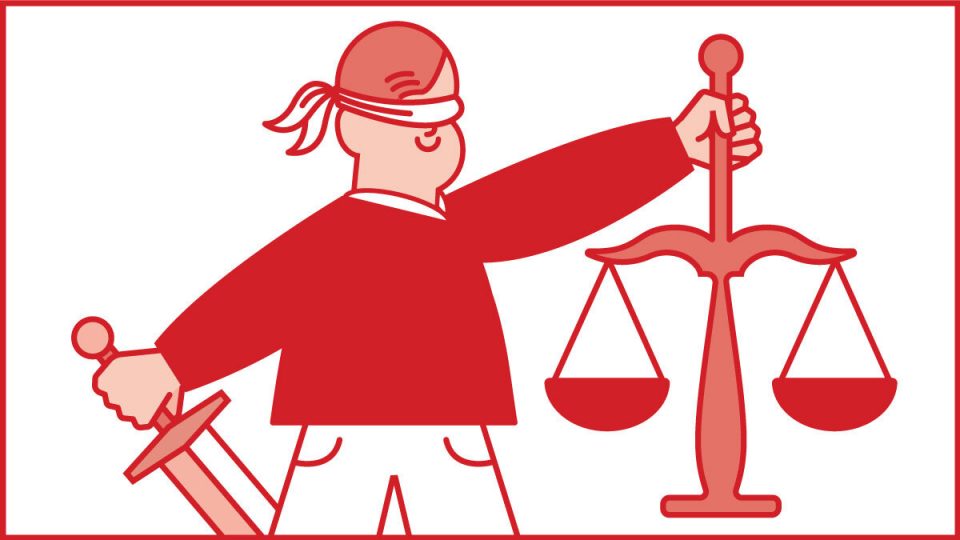For more stories like this, sign up for the PLANSPONSOR NEWSDash daily newsletter.
401(k) Participation is High, But Few Contribute Up To IRS Limit
Gen Z women surpass the men in accumulated retirement savings with higher account balances on average, says a new report.
Retirement plan participant data from Bank of America underscores that plan sponsors must educate employees about the benefits of contributing to their 401(k).
According to the bank’s “2022 Financial Life Benefits Impact Report,” despite 58% of eligible employees participating in a 401(k) plan, 61% of them contributed below $5,000 last year.
The study also found that fewer than one in 10 participants’ contributions reached the ceiling on elective deferrals, under IRS Section 402(g)—that is, $19,500, last year.
While the data on participation is “promising,” says Kevin Crain, head of retirement and personal wealth solutions research at the bank, the research highlights a “clear need for education on the benefits of maximizing retirement savings contributions.”
“Education combined with personalized action helps employees where they need it most,” he says.
For plan sponsors, providing education that is paired with actions participants can take also benefits employers, “as employee financial wellness results in increased focus, more productivity and better morale,” Crain says.
The report says Millennials are failing to optimize the potential of their 401(k) benefits—70% contribute less than $5,000 annually—compared with 54% of Generation X and 51% of Baby Boomers. Millennials also are the least likely to participate in a 401(k) plan: 54% participate vs. 65% of Gen X employees and 59% of Baby Boomers.
Additionally, just 4% of Millennials contribute up to the IRS annual limit, compared with 12% of Gen X participants and 14% of Baby Boomers, the report says.
“For plan sponsors, this also creates an opportunity to expand offerings to adopt auto[matic]-enrollment and auto[matic]-increase features,” says Crain. “These tools help ensure the employees are capitalizing on their 401(k) plan, and are powerful in driving both employee engagement and increased contribution amounts.”
Plan sponsors increasingly also use personalized tools, frequently digital, to engage with and educate retirement plan participants.
Bank of America has several such tools it offers through an investment advisory program it launched last year. And it brought to market “Erica,” a suite of enhancements to the recordkeeper’s Benefits OnLine digital retirement and benefit services app for retirement planning, which uses artificial intelligence.
Looking across all generations in the study, women continue to trail men in 401(k) participation rates—55% vs. 62%, respectively. Men also have 55% more in 401(k) balances—$108,000 vs. $70,000, respectively, the research found. However, in 2021, Gen Z women passed Gen Z men in total retirement savings, with 3% larger account balances on average, the report says.
“While women are still trailing men [in their] 401(k) plan participation rates, younger women are showing promising gains,” says Crain. “Plan sponsors need to build on this momentum. Women have fundamentally different financial journeys than men—from spending more time out of the workforce, to funding longer lives—and employers have an important role to play in providing personalized education, tools and advice on the unique challenges women face.”
The report was based on proprietary data from 3.1 million participants in Bank of America employee benefits programs who had positive retirement balances as of December 31, 2021.






